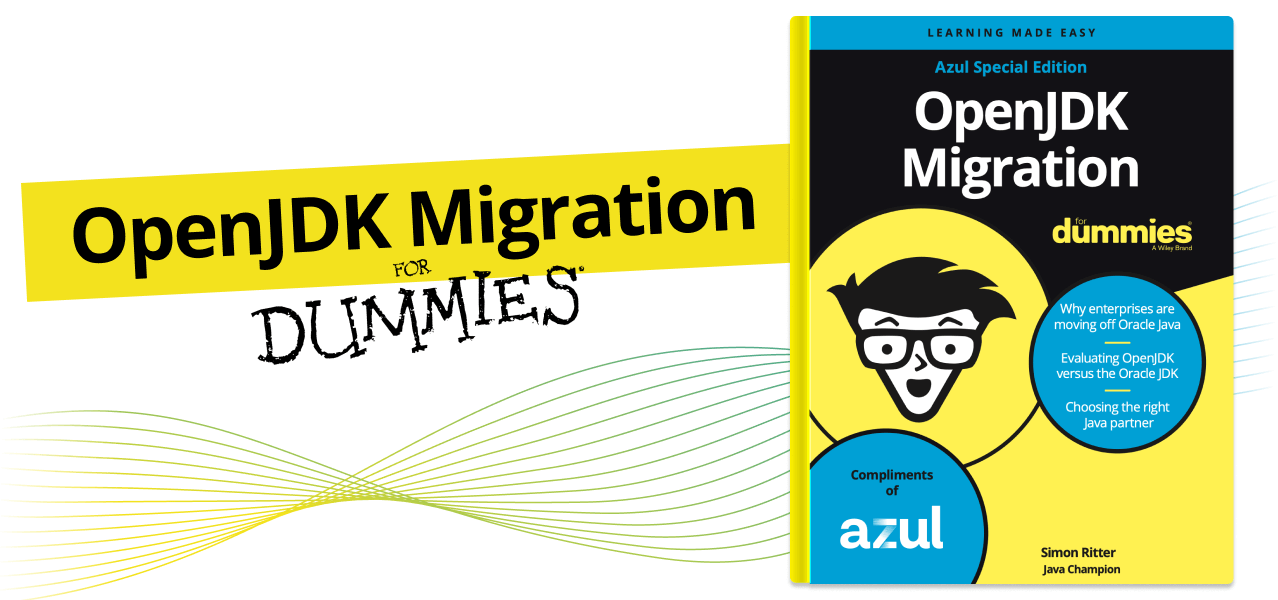 Read OpenJDK Migration for Dummies">
Read OpenJDK Migration for Dummies">
Appendix A
A Brief History of Java
The origins of the Java platform can be traced back to the early ’90s, when internet users could be counted in the thousands and the first web browser had not yet been publicly released.
Sun Microsystems, a company famous for UNIX workstations, allowed a small engineering team to go off and figure out what would be the next wave of computing. They designed a device that was similar in concept to today’s Apple iPad called the *7 (Star Seven). Unfortunately, this was when processor speeds, memory costs, and display technologies were not up to the task, so the device never saw the light of day. Part of the design, however, required a new programming language and runtime platform that would enable applications to be easily moved across a network and run without worrying about what hardware or operating system was in use. The language and interpreter, created by James Gosling, was initially called Oak (after the tree outside his office window).
After unsuccessful attempts at promoting Oak for use in set-top boxes and interactive TV, the project was on the verge of being canceled. Then, in February 1995, John Gage, the director of the Science Office at Sun, gave a TED Talk that culminated in showing Oak being used within a web browser. The demonstration showed a picture of a molecule that could be dragged, rotated, and manipulated using the mouse. This was revolutionary! Suddenly web browsing, which had been like an electronic book, became interactive. The possibilities were limitless.
After rebranding due to trademark issues and negotiations with the fledgling browser company Netscape, Java was officially made public on May 23, 1995, with the first official release in January 1996. Two years later, in 1998, Sun released the first open specification.
Developers and users wanted Sun to go further with ceding control and make Java open source. But Sun continued to resist calls to release the source code to their Java Development Kit (JDK). This led some developers to work on an alternative implementation of Java that would be available under an open-source license. In 2005, the Apache Foundation (a nonprofit corporation that hosts multiple open-source projects) started Project Harmony. This used the code from the GNU Classpath project, a project to
develop a complete set of standard Java class libraries, and added an implementation of the Java Virtual Machine (JVM).
Sun could see that eventually there would be an open-source version of Java, so it would make more sense for it to be theirs, over which they could also maintain control.
At the annual JavaOne conference in 2006, Sun announced they were releasing the source code of their implementation of the JDK through a project called OpenJDK. As a result of the due diligence required to ensure Sun had the necessary rights to publish source code, it was not until April 2009 that a complete JDK could be built from the OpenJDK source (this was OpenJDK 7 build 39).
The initial version of Java provided through the OpenJDK was JDK 7. A build of JDK 6 was made possible by creating a backward branch of OpenJDK 7, essentially removing what had been added to develop JDK 7.
The license chosen for the OpenJDK was the GNU Public License (GPL) version 2. The Classpath Exception was added to avoid application code having also to use the GPL.
Oracle, best known for its database products, agreed in April 2009 to acquire Sun Microsystems. The deal closed in February 2010, and Java had a new home.
